Warning: I am a self-taught photographer.
I have never taken any classes on photography. Whenever I had the opportunity to put a camera in my hand while growing up, I would go at it, roll after roll with no care in the world about F-stops and apertures (by the way, these were the film days).
To this day, I still have no clue about F-stops or apertures. I shoot with my 70-200mm 2.8 L Series lens on a Canon 7D because I love catching moments in life. Give me any camera and I’ll try to capture life at its most gorgeous form. The following are some mental tips I use when shooting with my smartphone in Korea.
Before snapping away, I have only one technical photography lingo floating in my mind. It’s the only one that really stuck in my head after reading and dozing off to countless articles on photography: the ‘Rule of Thirds’. The ‘Rule of Thirds’ divides the frame into nine equal sections using two horizontal lines and two vertical lines (these digital lines/grids are even a standard function on most cameras). Subjects of the photos are set along an intersection creating a less boring shot. Here are some samples of the rule of thirds played out in Korea…
All of the following photos were taken with an iPhone 5s. Post-processing was all done on camera with free apps from the iTunes App Store and the iPhone camera app.
—
(Photo: Paper pandas invading Seoul Plaza)
—
(Photo: Visitor sits on train tracks that once connected North Korea with South Korea in Paju)
—
(Photo: Korail’s train speeds through Doksan Station)
—
(Photo: A pair of middle school boys enjoy their break time helping each other out)
—
Korean landscape (natural and urban) shots are glorious using a smartphone. Korea is full of wonderful urban landscapes even within the downtown cities. Mountains lying among high rises give a sense of man meets nature. By adding grid lines to your touch screen, line up the horizons perfectly and voila, the strong composition. If you want to be more adventurous, using camera apps such as “360” will stretch your imagination and give you a perfect panoramic view of Korea.
—
(Photo: A young couple meet in the center of Yeouido Park’s water fountain)
—
(Photo: Power lines hover over the fields of Paju)
—
(Photo: Imjingak is a tourist destination along the DMZ border)
—
(Photo: A panoramic view along the Han River)
—
No matter what camera you use, lighting can “harmonize” your photo just like a few notes harmonize a melody to a song. I prefer natural lighting and I recommend never using the flash on your phone except as a flashlight. By shifting the focus on your touch screen, lighting can be altered to your preference. Traditional markets in Korea are killer places to utilize their various hanging light sources. Also, the time after sunrise and the time before sunset (known as the golden hour) is amazing in Korea; especially along the Han River. I guarantee you can get some brilliant shots just by using natural light.
—
(Photo: A “golden hour” moment after finishing a long day of teaching)
—
(Photo: People wait for their train indoors avoiding the heat on the platform)
—
(Photo: Gwangjang Market in Seoul has some of the best street food in Korea)
—
(Photo: Lotte World Mall is part of the new Lotte expansion in Jamsil)
—
People are my favorite subjects in all photography. Waiting for a person to do something unique can last a lifetime, but catching it at the right moment is an art. Photos of people in Korea help me realize, we’re all the same: We are all humans. We all smile. We all have fun. We all face sadness. We all love. Seeing those emotions through my smartphone are the reasons why I love photography.
—
(Photo: People gather around the street attractions in Yeouido Park. And something else…)
—
(Photo: Hikers rest on their weekend trek up Soyosan)
—
(Photo: A daughter wants her mother’s attention underneath the “Bridge of Freedom” in Paju)
—
(Photo: These students give a pose their mom wouldn’t be proud of)
—
All photographs by Edmund Rustia
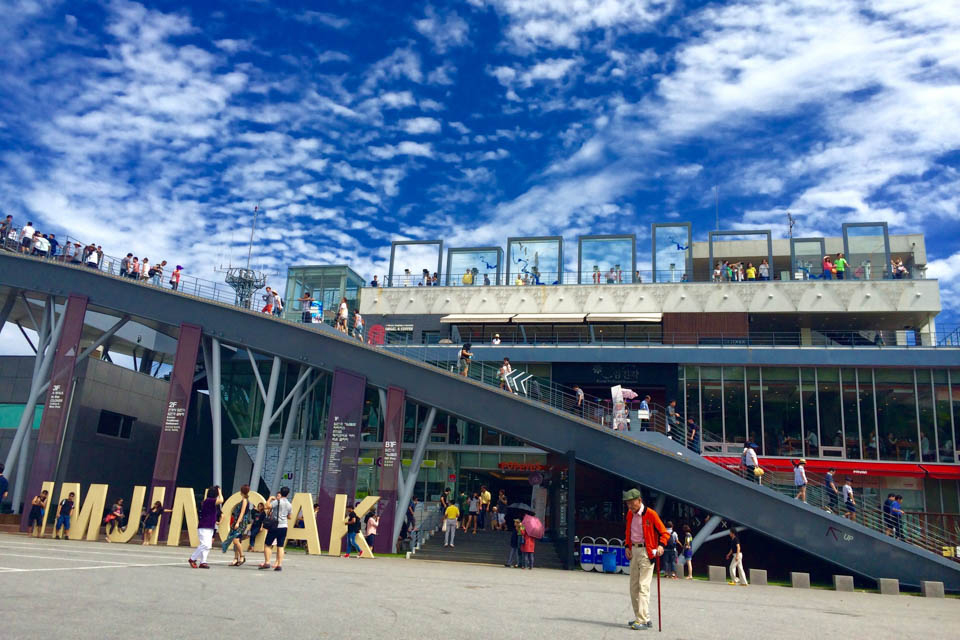
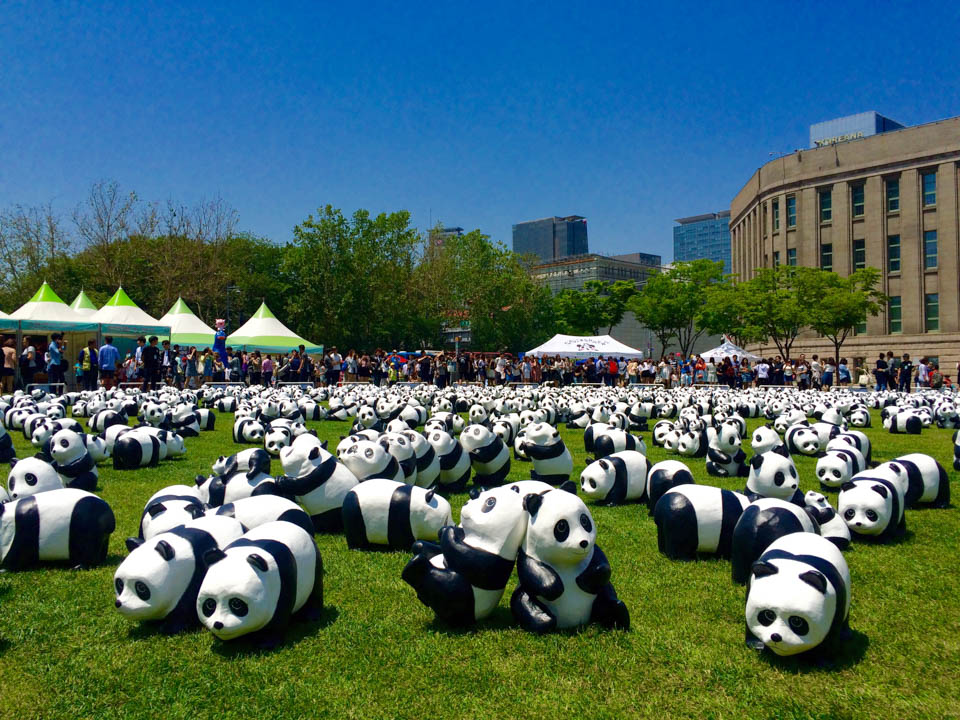
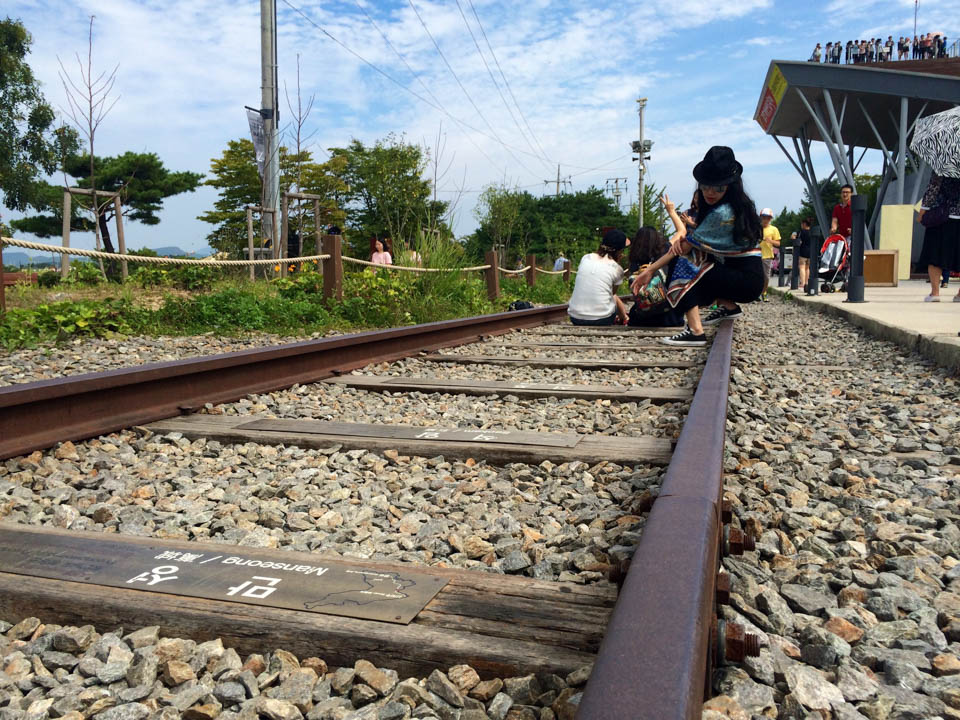
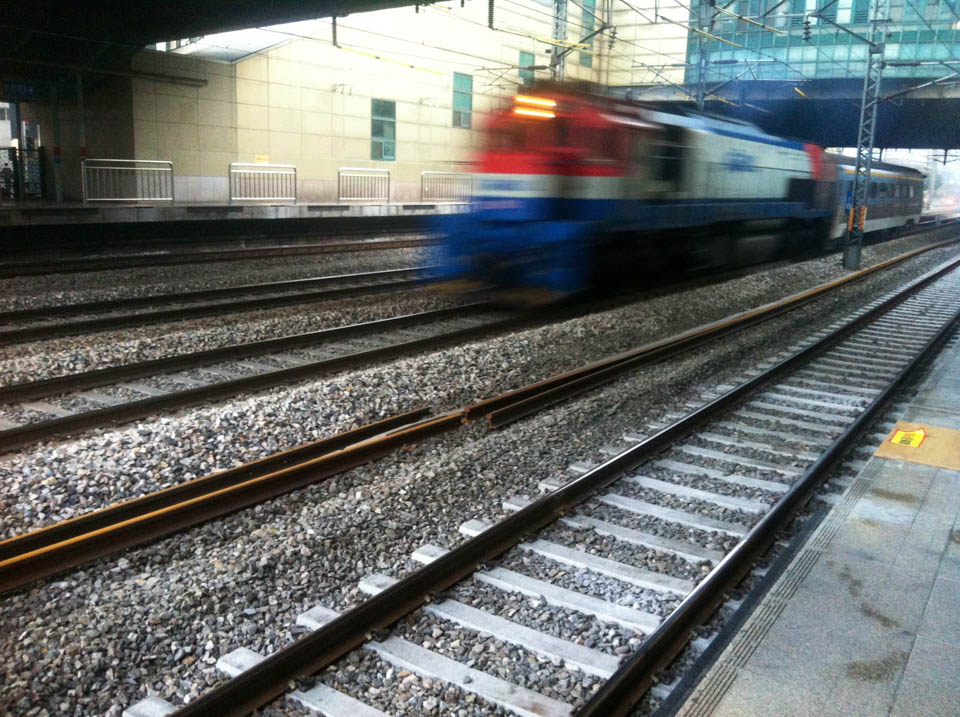
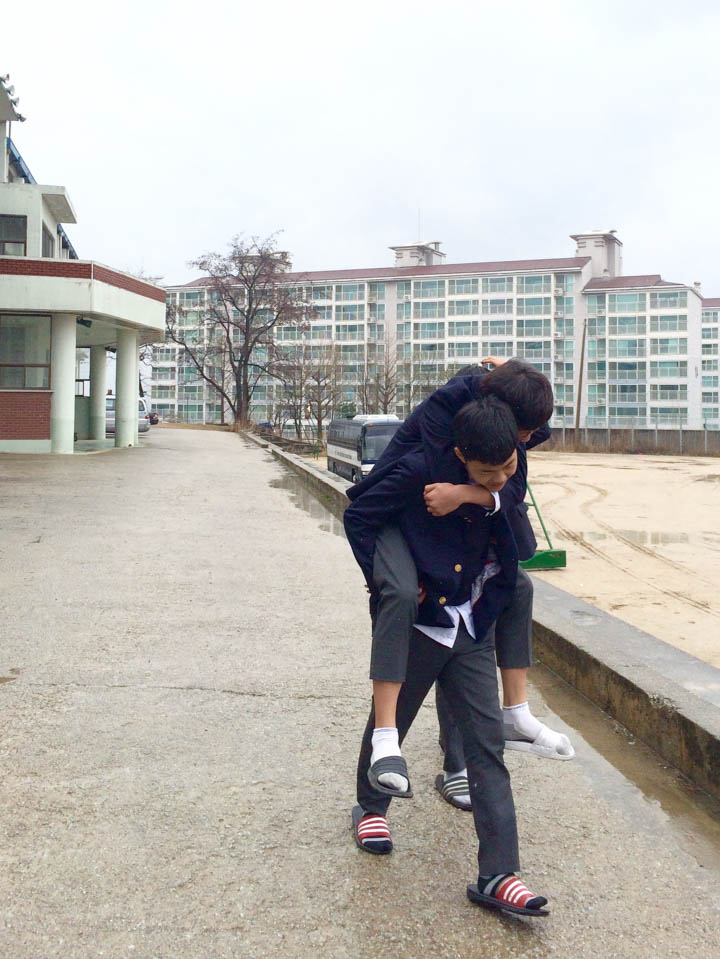
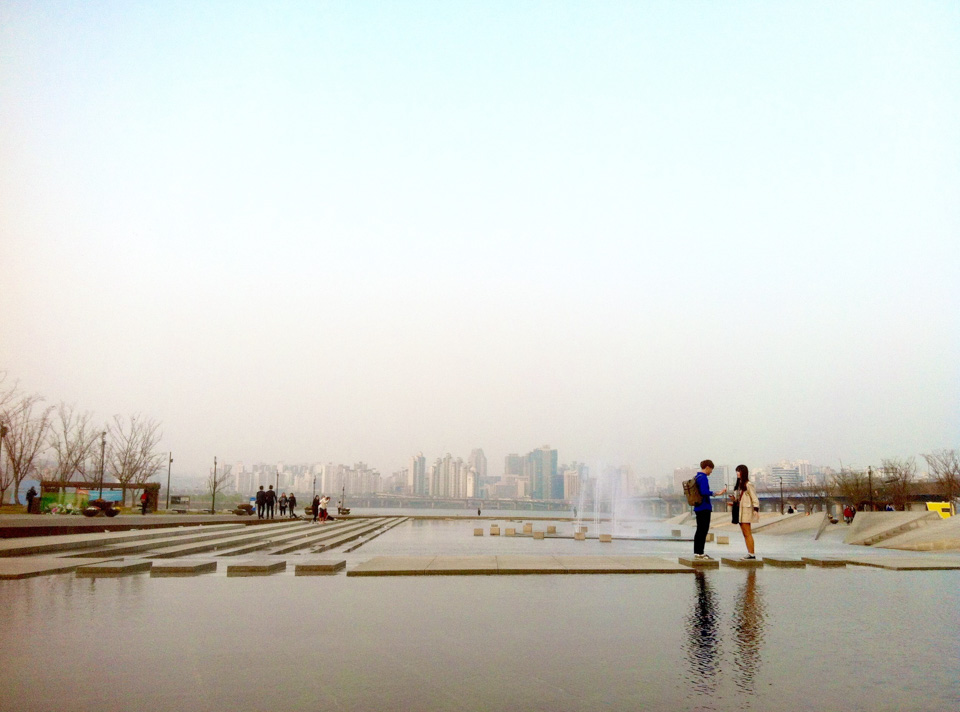
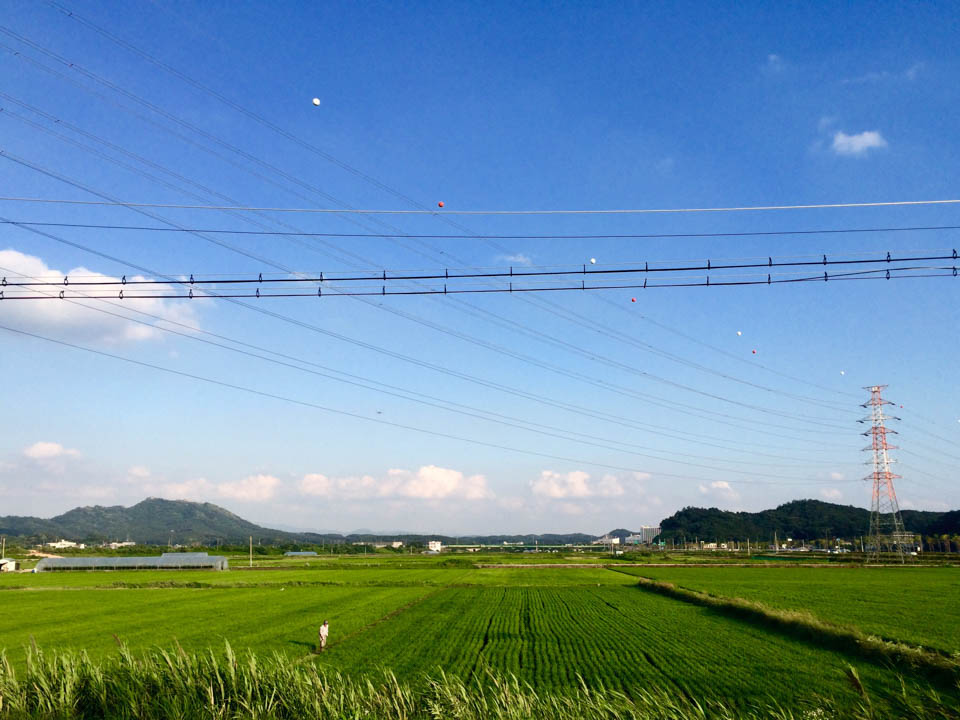
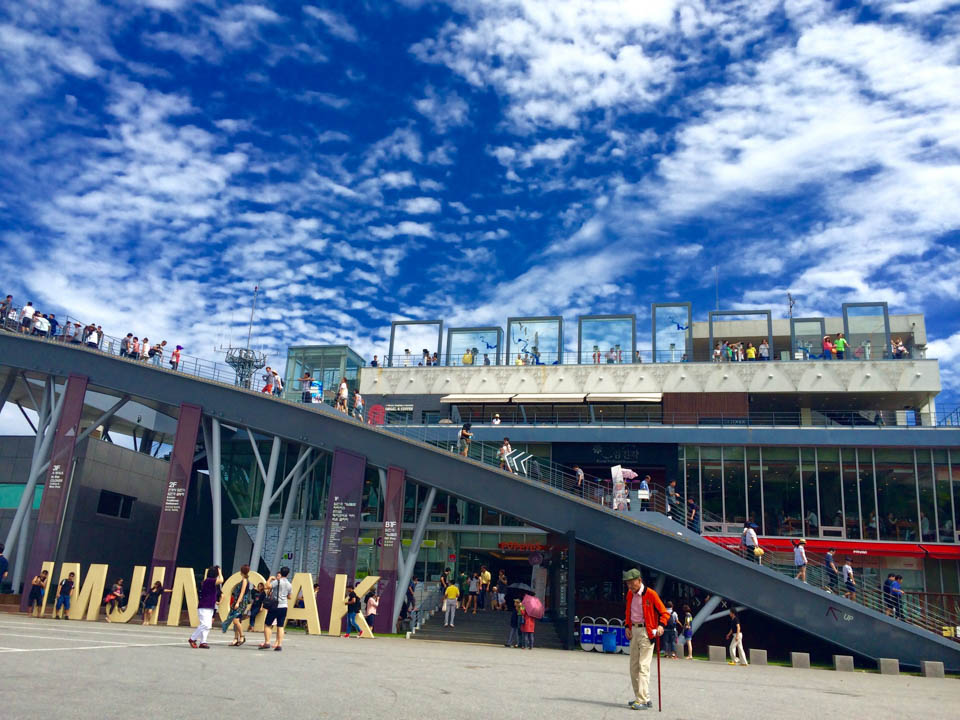
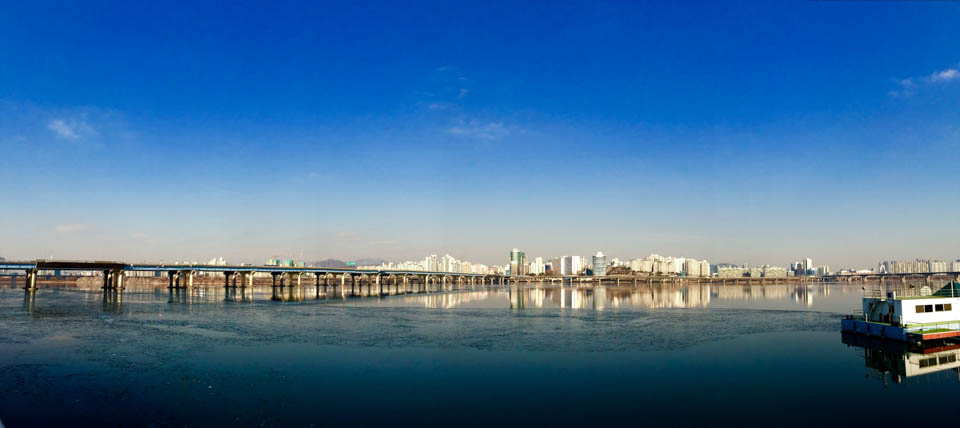
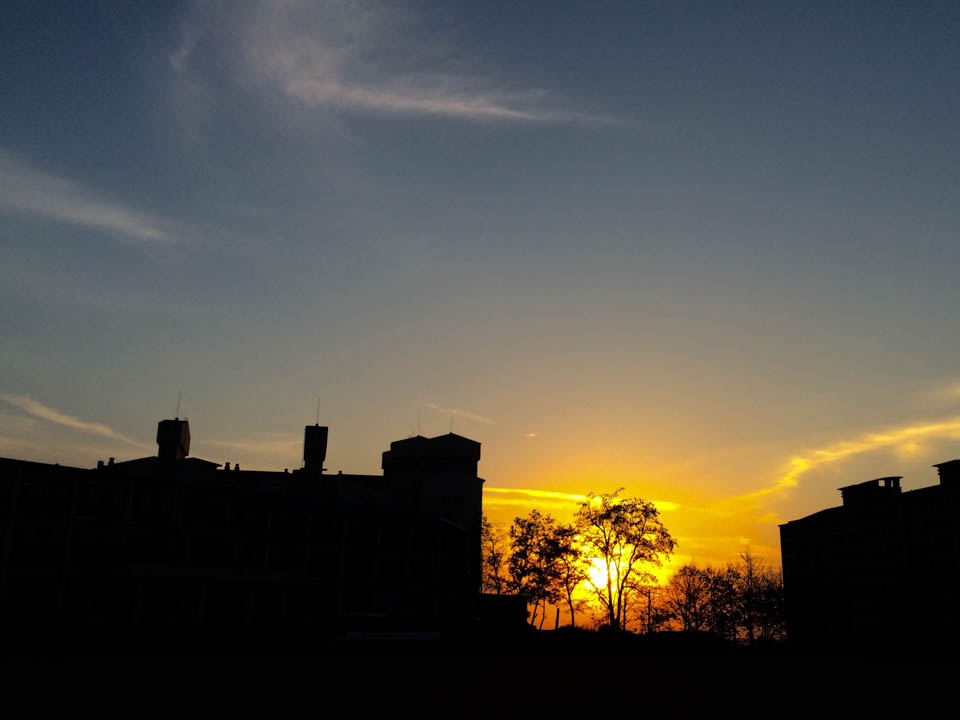
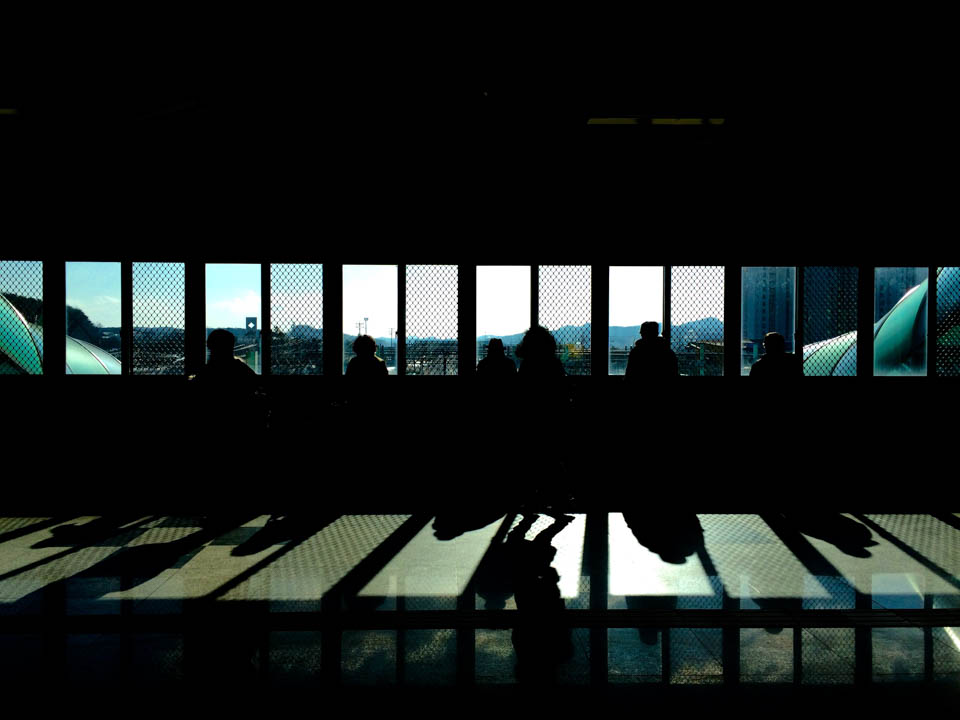
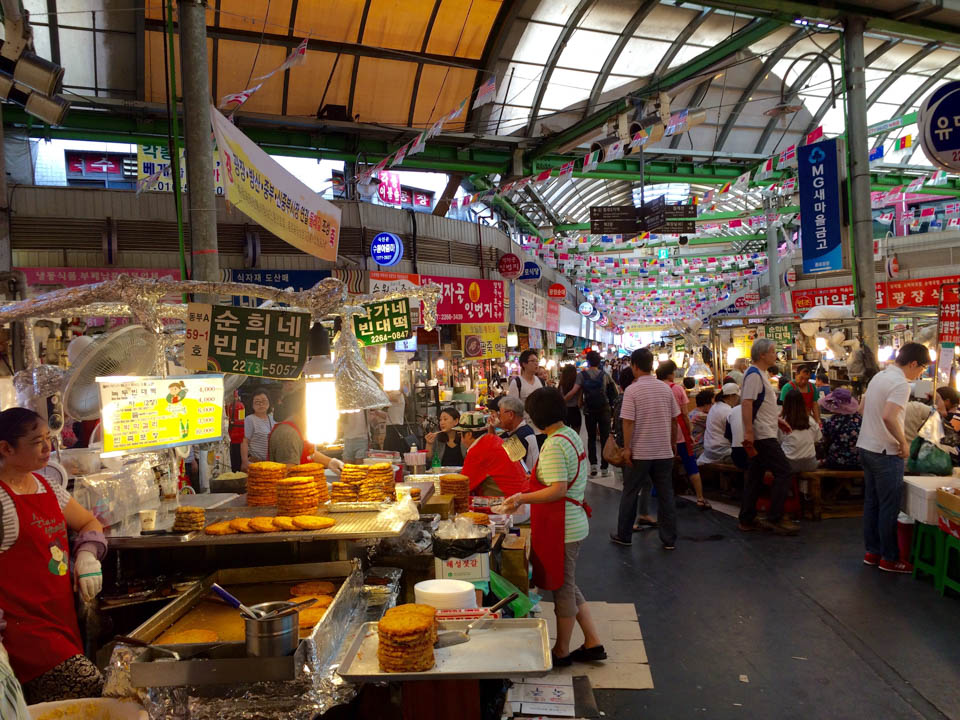
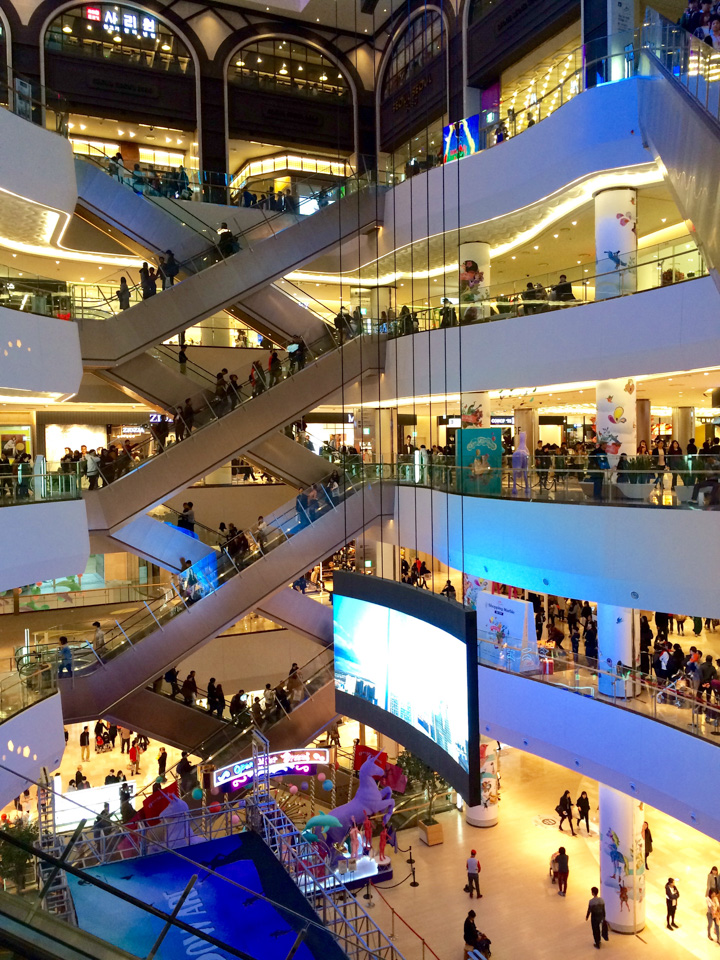
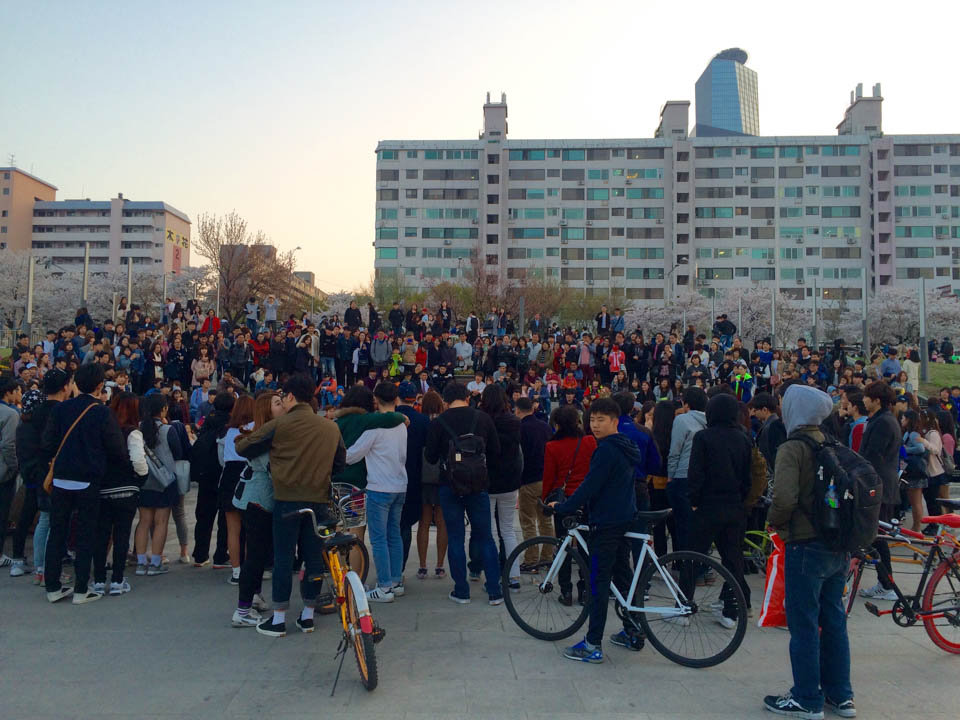
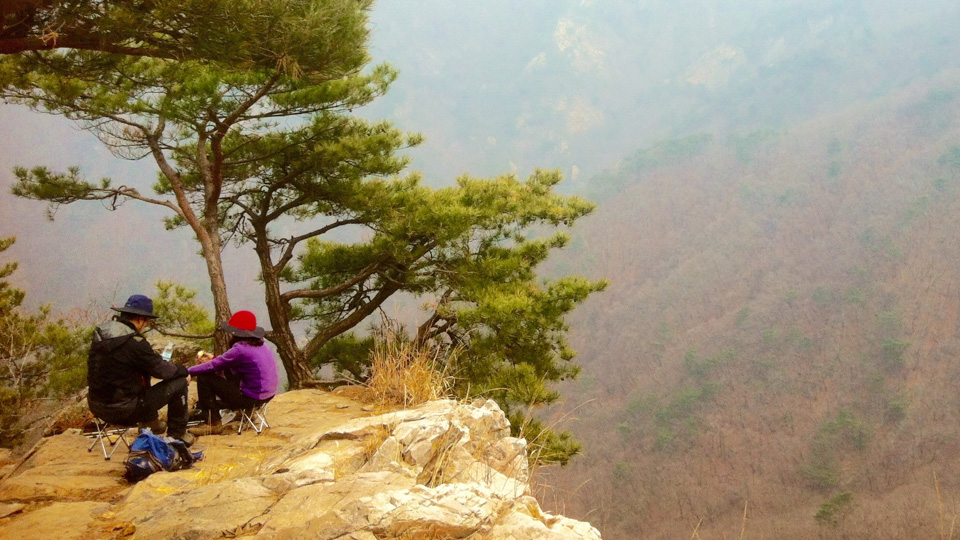
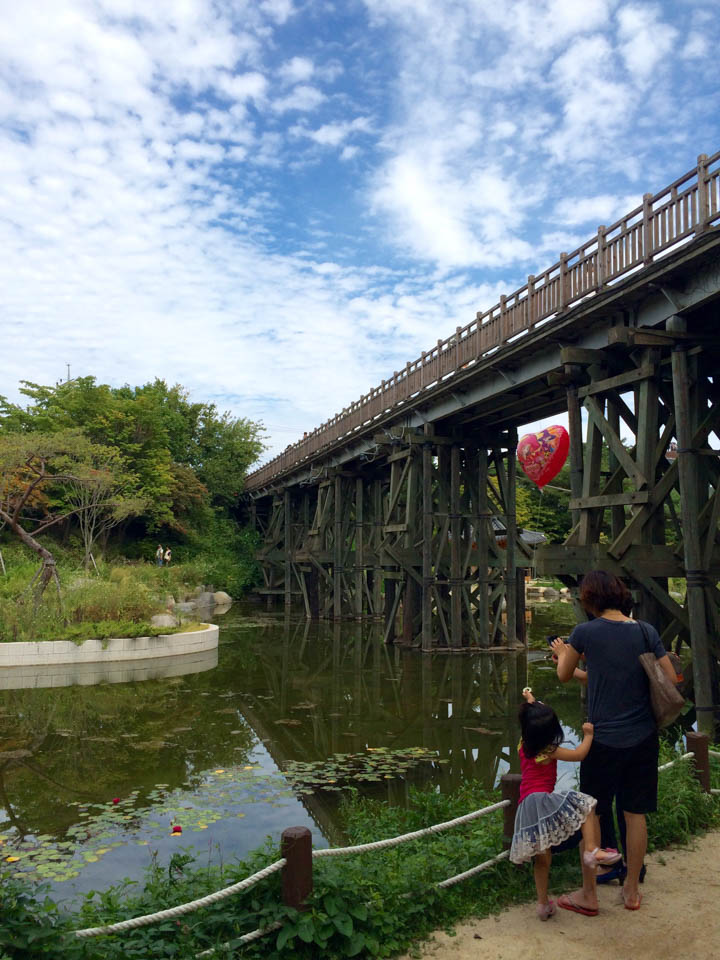
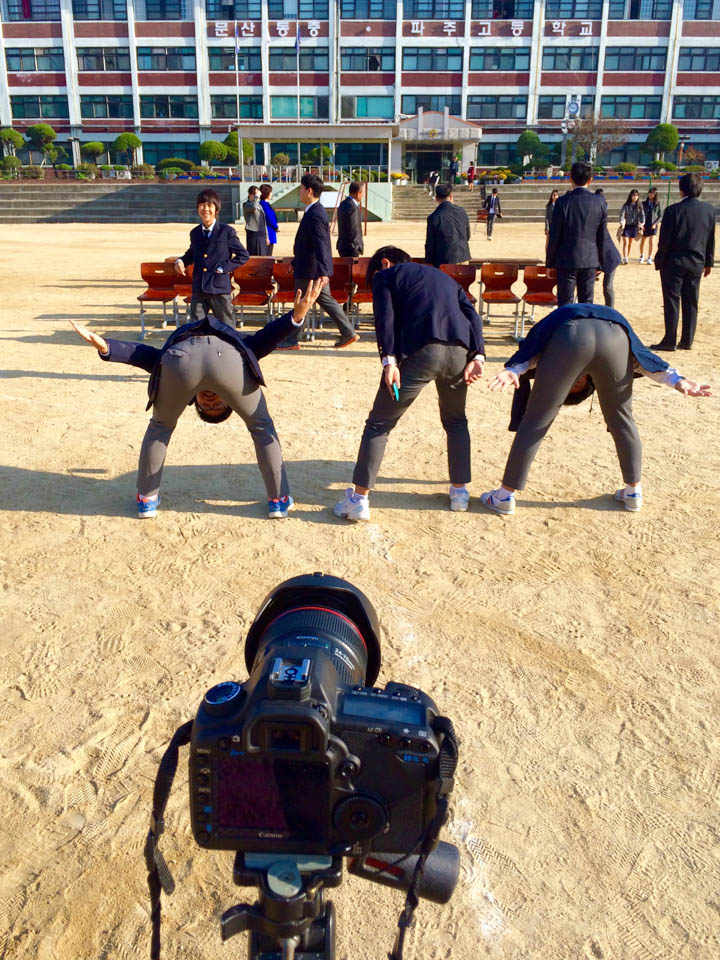
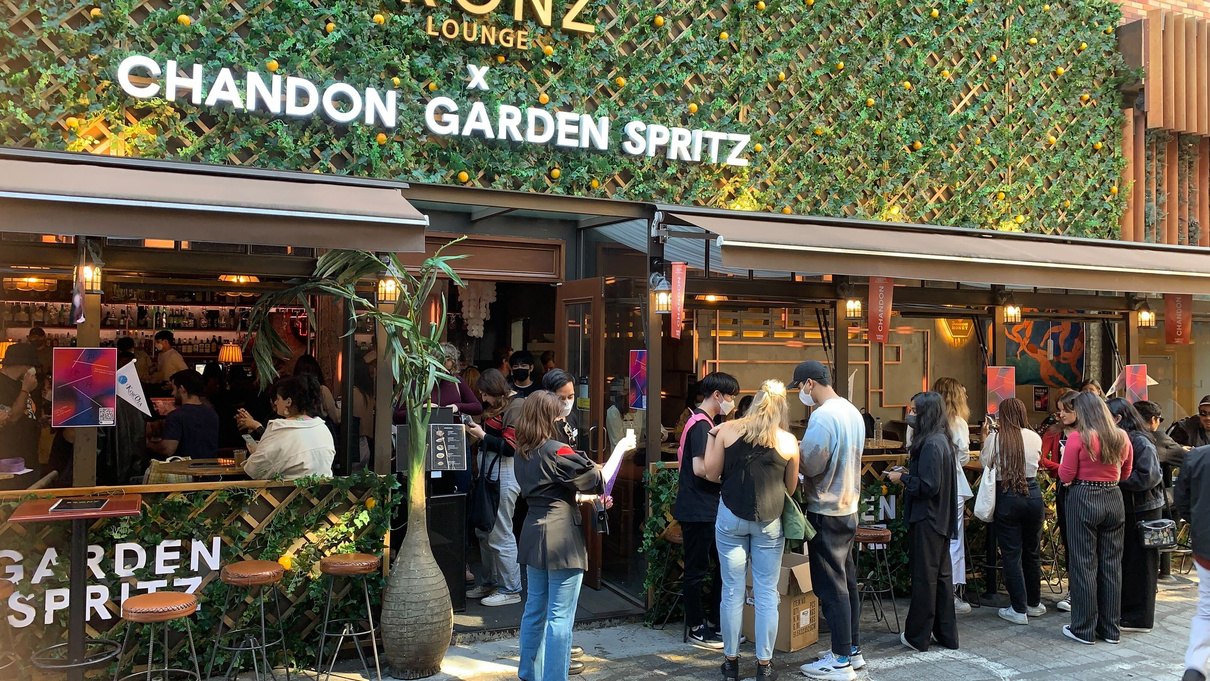
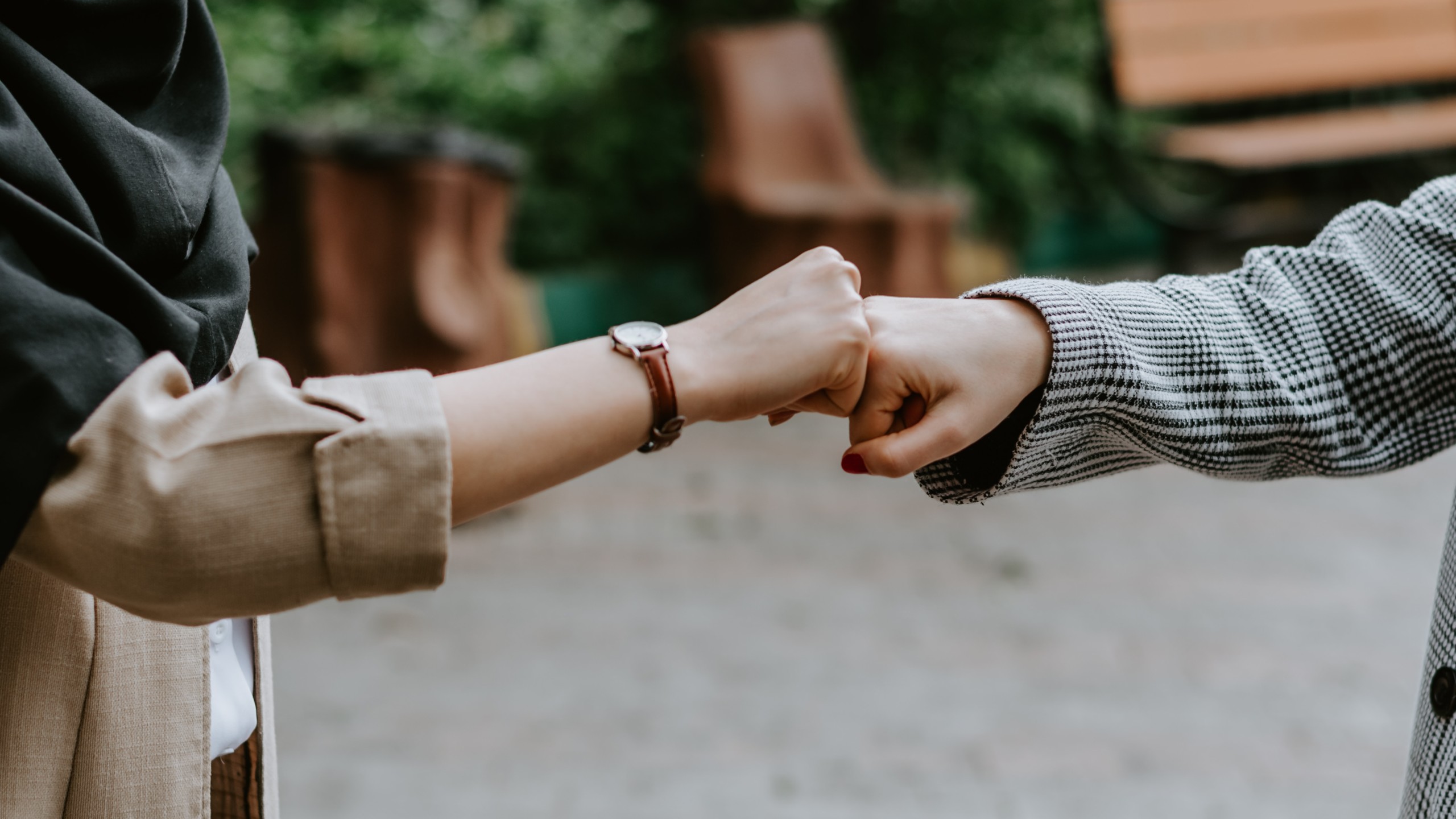


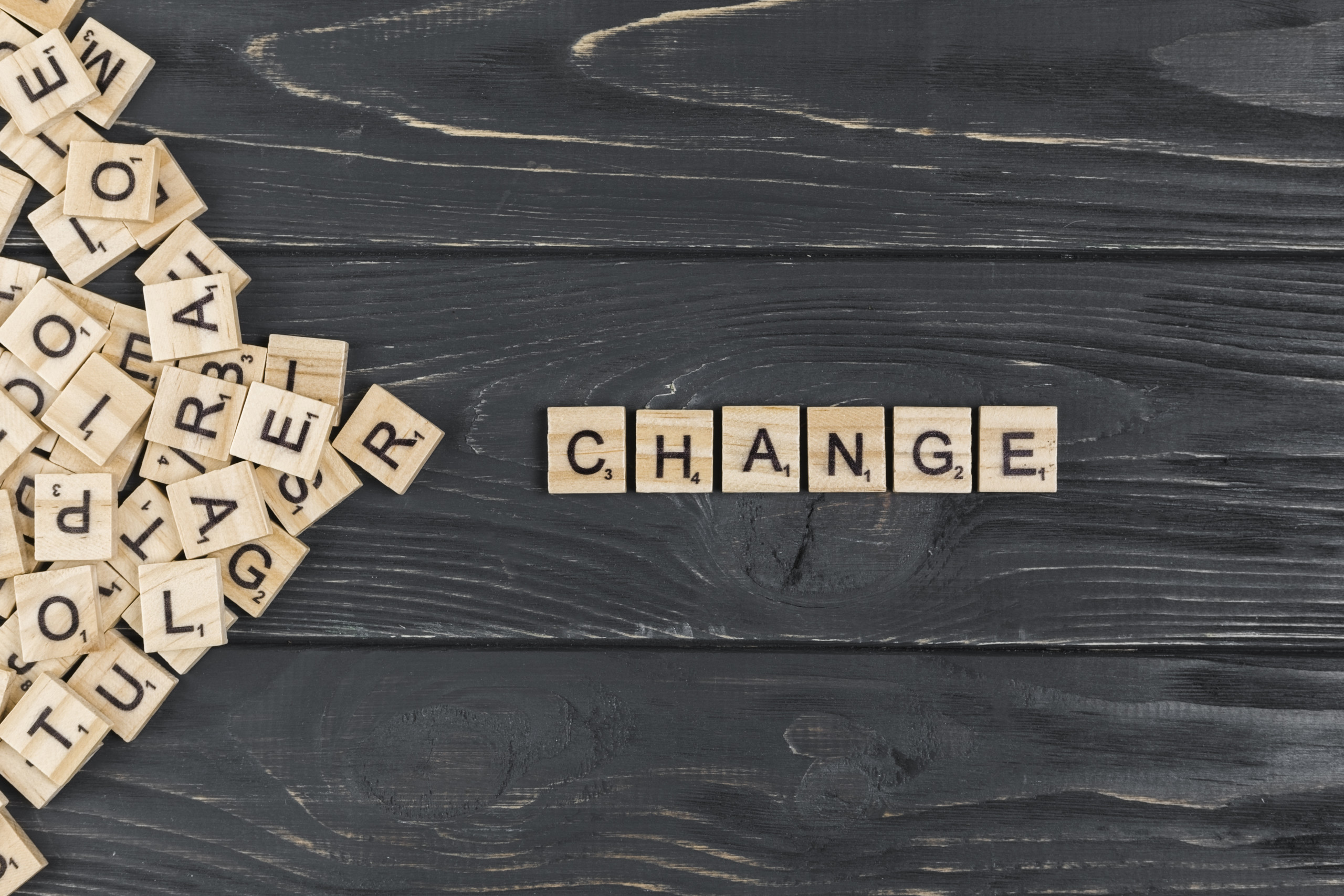
Leave A Comment